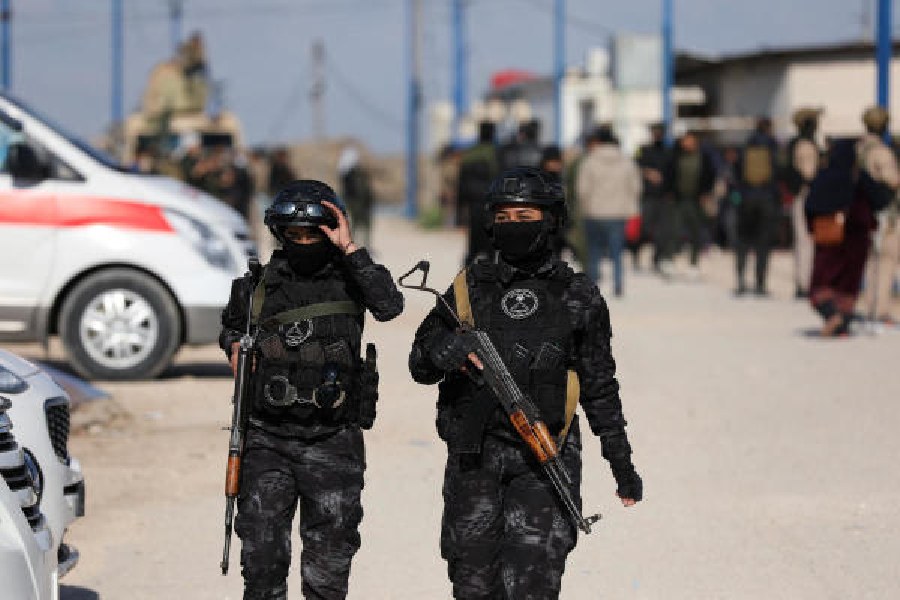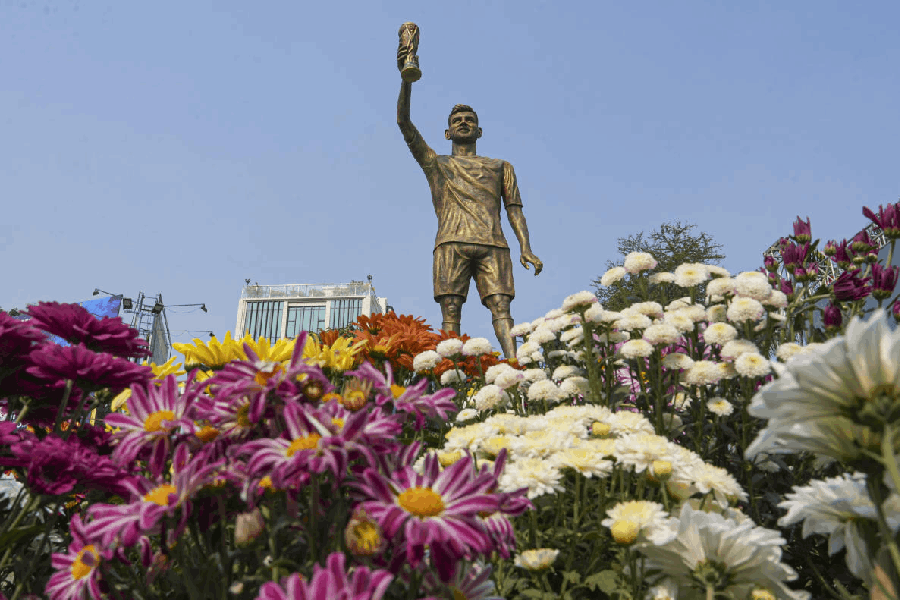More than 100 chemical weapons sites are suspected to remain in Syria, left behind after the fall of the longtime President, Bashar al-Assad, according to the leading international organisation that tracks these weapons.
That number is the first estimate of its kind as the group, the Organisation for the Prohibition of Chemical Weapons, seeks to enter Syria to assess what remains of Al-Assad’s notorious military programme. The figure is far higher than any that al-Assad has ever acknowledged.
The sites are suspected to have been involved in the research, manufacturing and storage of chemical weapons. Al-Assad used weapons like sarin and chlorine gas against rebel fighters and Syrian civilians during more than a decade of civil war.
The number of sites, and whether they are secured, has been a mystery since rebels toppled al-Assad last year. Now, the chemicals represent a major test for the caretaker government, which is led by the group Hayat Tahrir al-Sham. The group is designated as a terrorist organisation by the US, but it has renounced its links to al Qaida.
The stakes are high because of how deadly the weapons are, particularly when used in densely populated areas. Sarin, a nerve agent, can kill within minutes. Chlorine and mustard gas, weapons made infamous in World War I, burn the eyes and skin and fill the lungs with fluid, seemingly drowning people on land.
Experts are concerned about the potential for militant groups to gain access to poorly secured chemical weapons facilities.
In a surprise visit in March to the global chemical weapons watchdog headquarters at The Hague, Syria’s foreign minister said that the government would “destroy any remains of the chemical weapons programme developed under the Assad regime” and comply with international law.
Experts are cautiously optimistic about the government’s sincerity. The current government allowed a team from the watchdog to enter the country this year to begin work documenting the sites, according to people with knowledge of the trip.
But Syria remains in a precarious spot, as violence erupted in the coastal region in recent weeks between government forces and groups aligned with al-Assad. And despite promises, the new government has not yet appointed an ambassador to the watchdog — a key first step that is seen as a sign of a country’s commitment. Syria’s defence ministry declined to answer written questions about the weapons, saying without elaboration that the questions were not under its purview.
In the early years of the civil war, al-Assad’s government declared the locations of 27 sites to the Organisation for the Prohibition of Chemical Weapons, or OPCW, which sent inspectors to visit and shut them down. But al-Assad continued to use chemical weapons until at least 2018, and research showed that his government kept importing essential precursor chemicals.
The current estimate of more than 100 sites comes from the watchdog and has been circulated recently among experts and international nonproliferation analysts. The organisation said it had arrived at the number based on outside researchers, nonprofit groups and intelligence shared by its member countries.










